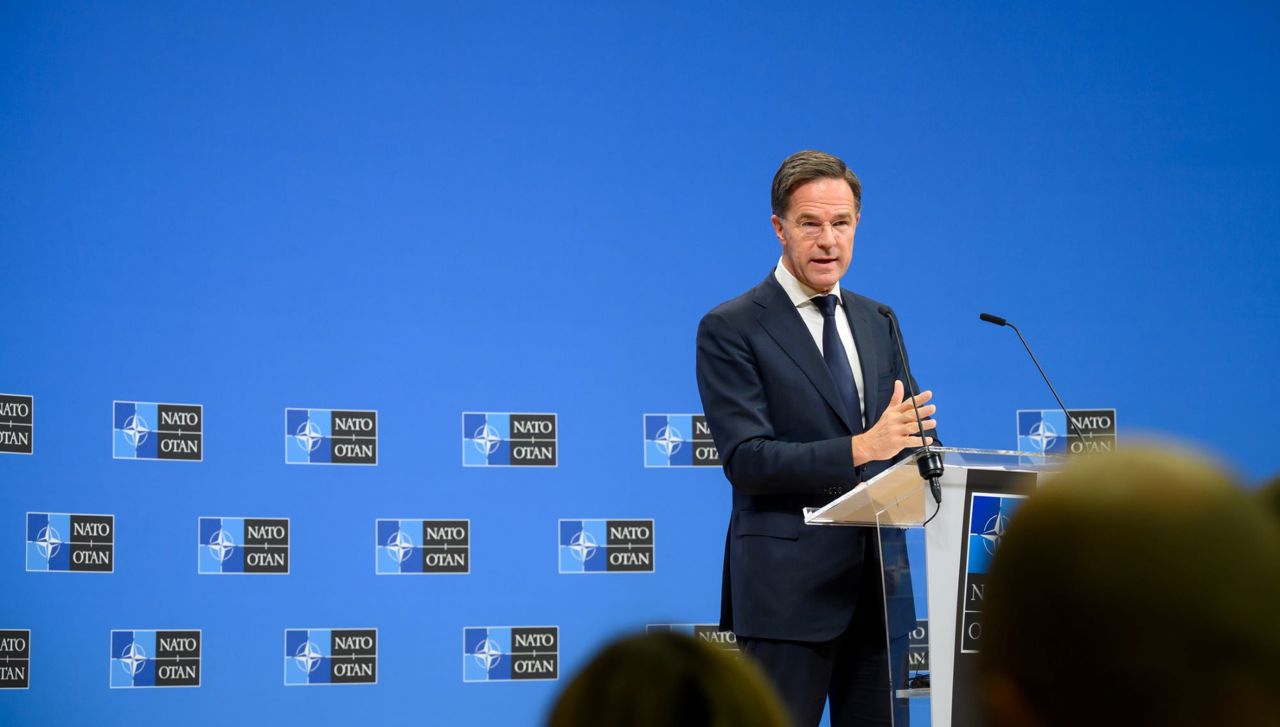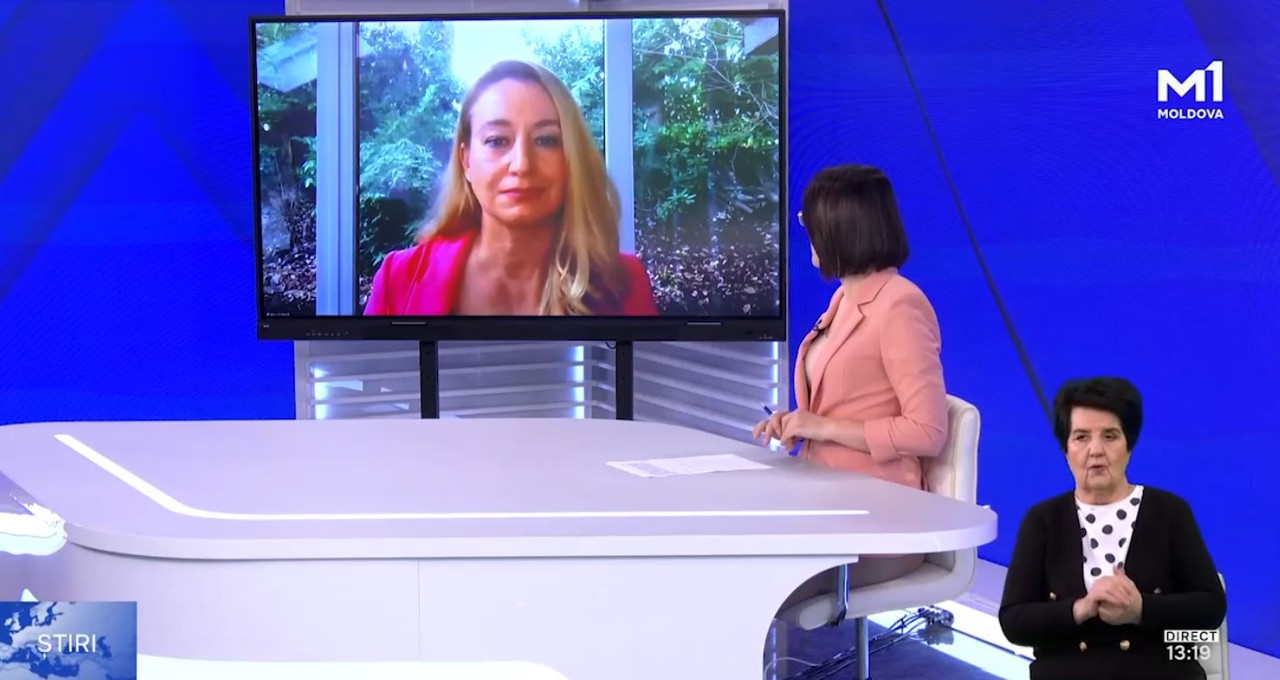NATO backs Moldova’s efforts to counter Russian drone incursions
A potential partnership between Romania and the Republic of Moldova for monitoring airspace, in the context of incidents involving Russian drones, should be decided at the highest leadership level in Bucharest and Chișinău.

This statement was made by NATO Secretary General Mark Rutte during a press conference in Brussels, ahead of the Alliance’s defense ministers meeting.
“Obviously, the issue of drones is, I believe, more of a bilateral matter concerning what Romania and Moldova could do together. So, it is not my role to comment on this matter at this time, but I would leave this aspect to the Romanian authorities for the time being,” Rutte stated.
The NATO Secretary General also reaffirmed the Alliance’s support for the Republic of Moldova. He expressed his respect for President Maia Sandu and her dedicated efforts to maintain the country’s stability amidst external influences and political challenges.
“I have the utmost respect for Maia Sandu, the President of Moldova, and I am in close contact with her. We will continue to collaborate closely. Moldova remains firmly on our radar,” Rutte said.
The official commended the leadership in Chișinău for its handling of difficult situations, including foreign influence during the presidential elections and the referendum on EU membership. According to Rutte, the Moldovan government, together with its citizens, “has succeeded in maintaining a calm and measured approach in the face of these challenges.”
Since the beginning of the Russian invasion of Ukraine, several fragments of drones or missiles have been discovered on our territory. The first Russian missile landed in the Republic of Moldova on October 31, 2022, in Naslavcea, Ocnița. The most recent incident was reported today, December 3, in Orhei. In just two days last November, debris from three drones was found in the districts of Căușeni, Râșcani, and Criuleni.
The Minister of Defense, Anatolie Nosatîi, previously noted that the radar acquired at the end of last year is fully operational. While it “completely fulfills its mission of monitoring the airspace,” this system alone “does not suffice.” Consequently, additional radars with greater capabilities are expected to be delivered to the country by the end of 2025.
Translation by Iurie Tataru





